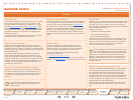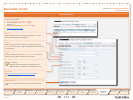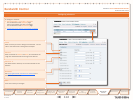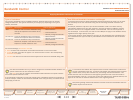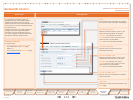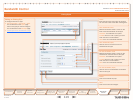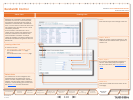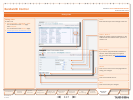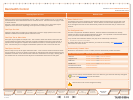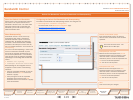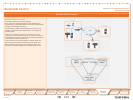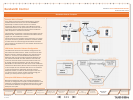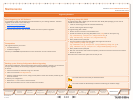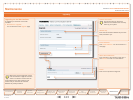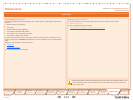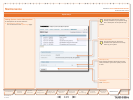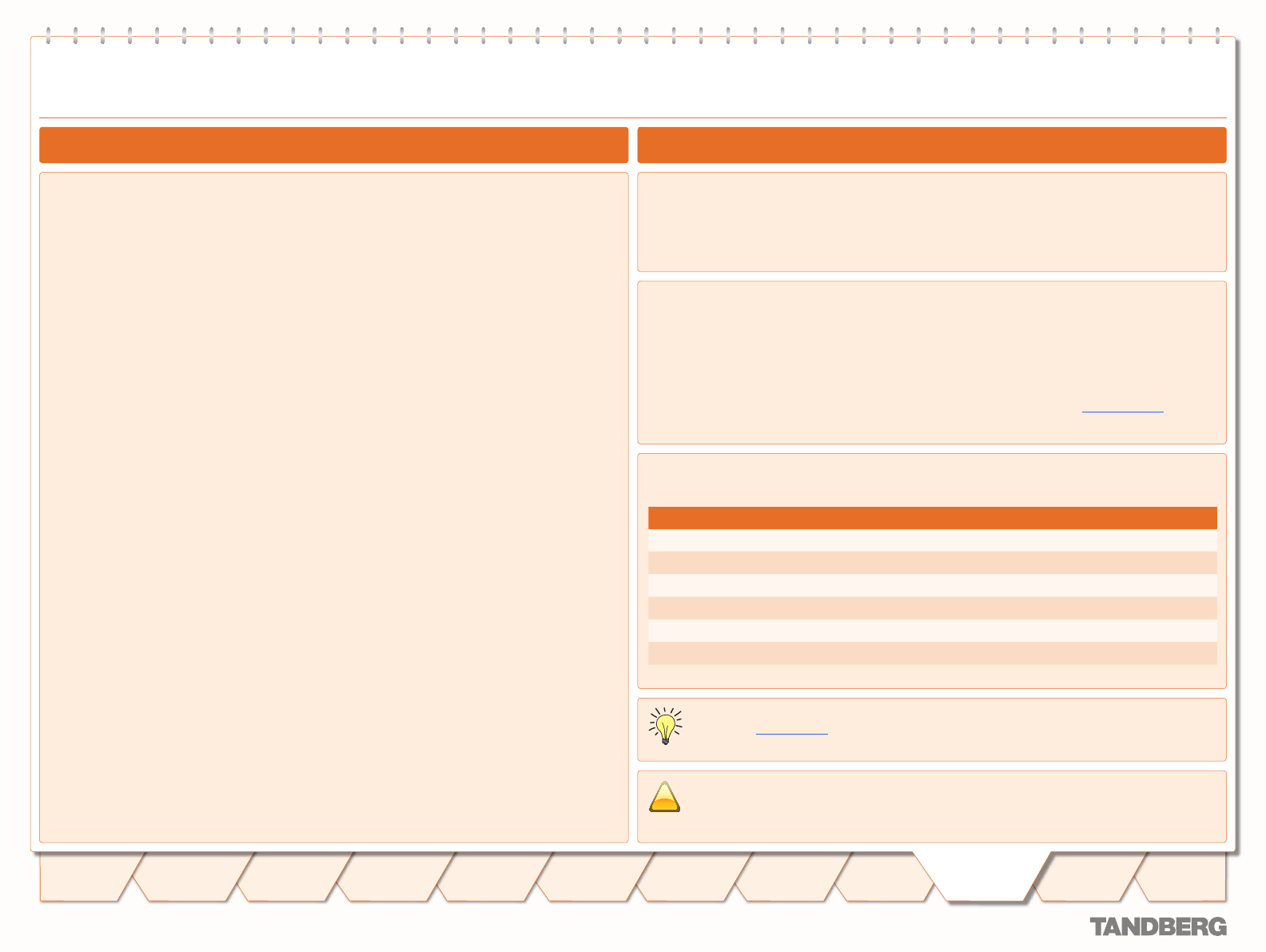
D 14049.01
07.2007
118
TANDBERG VIDEO COMMUNICATION SERVER
ADMINISTRATOR GUIDE
Bandwidth Control
Introduction
Getting
Started
System
Overview
System
Configuration
H.323 & SIP
Configuration
Registration
Control
Zones and
Neighbors
Call
Processing
Firewall
Traversal
Bandwidth
Control
Maintenance
Appendices
TANDBERG VIDEO COMMUNICATION SERVER
ADMINISTRATOR GUIDE
Bandwidth
Control
Pipes are used to restrict the bandwidth of a link. When a pipe is applied to a link, it will restrict
the bandwidth of calls made between the two nodes of the link - the restrictions will apply to calls
in either direction.
Normally a single pipe would be applied to a single link. However, one or more pipes may be
applied to one or more links, depending on how you wish to model your network.
One Pipe, One Link
Applying a single pipe to a single link is useful when you wish to apply specific limits to calls
between a subzone and another specific subzone or zone.
One Pipe, Two or More Links
Each pipe may be applied to multiple links. This is used to model the situation where one site
communicates with several other sites over the same broadband connection to the Internet. A
pipe should be configured to represent the broadband connection, and then applied to all the
links. This will allow you to configure the bandwidth options for calls in and out of that site.
Two Pipes, One Link
Each link may have up to two pipes associated with it. This is used to model the situation where
the two nodes of a link are not directly connected, for example two sites that each have their own
broadband connection to the Internet. Each connection should have its own pipe, meaning that a
link between the two nodes should be subject to the bandwidth restrictions of both pipes.
Automatically Created Links
Whenever a new subzone or zone is created, links are automatically created as follows:
New zone/subzone type Default links are created to...
Subzone Default Subzone and Traversal Subzone
Neighbor zone Default Subzone and Traversal Subzone
DNS Zone Default Subzone and Traversal Subzone
ENUM Zone Default Subzone and Traversal Subzone
Traversal Client Zone Traversal Subzone
Traversal Server Zone Traversal Subzone
Default LinksApplying Pipes to Links
Bandwidth Control
!
Calls will fail if links are not configured correctly.
Pre-Configured Links
The VCS is shipped with the Default Subzone, Traversal Subzone and Default Zone already
created, and with links pre-configured between the three. You may delete or amend these default
links if you need to model restrictions of your network.
If any of these links have been deleted, they may all be automatically restored via:
xCommand DefaultLinksAdd
To restore these links via the web interface, you must do so manually. See Creating Links for
instructions on how to do this.
•
About Default Links
If a subzone has no links configured, then endpoints within the subzone will only be able to call
other endpoints within the same subzone. For this reason, the VCS comes shipped with a set
of pre-configured links and will also automatically create new links each time you create a new
subzone.
You can edit any of these default links in the same way you would edit manually configured
links. See Editing Links for more information.



